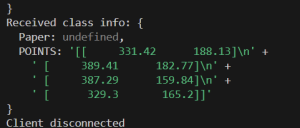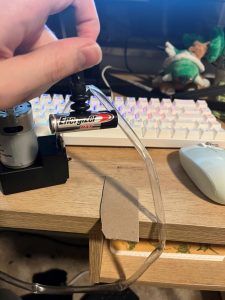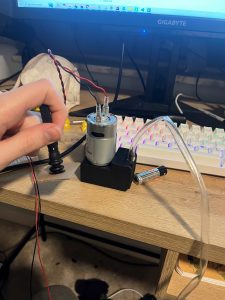This week was spent putting some of the final parts of integration in place with Ethan and Alejandro. I was able to rebuild the end-effector so that it is able to lift objects up to 1lb, by using a worm gear and some other gear ratios. I was also able to add a valve to the vacuum such that we can open a hole where the air can escape, allowing the end-effector to drop objects quickly. I also did a bit more work on the calibration and the reframing of the image for the model, and added more support to the camera to minimize the need for re-adjusting. I have moved from using a distance sensor to using an air pressure sensor in order to determine when the end-effector is on the object, as the distance sensor has varied measurements depending on the curvature of the object.
I am behind schedule, as there is still some work to do on the pickup sequence.




